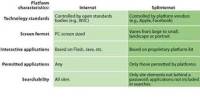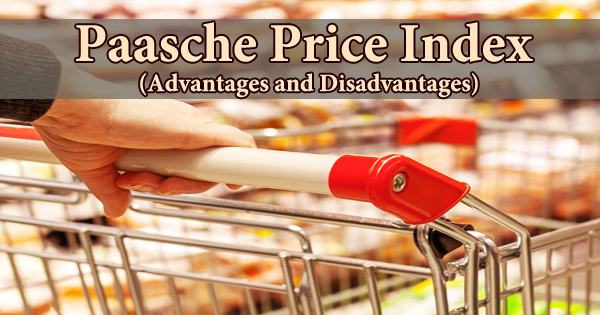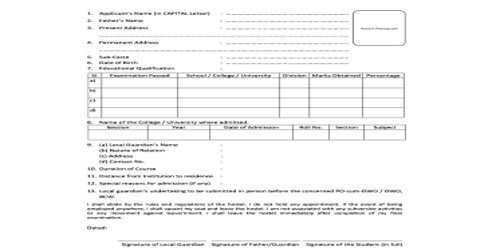An economic bubble occurs when the prices of assets, such as stocks, real estate, or commodities, rise above their intrinsic value. A speculative bubble, also known as a financial bubble, is a period in which current asset prices vastly outperform their intrinsic valuation, which is the valuation that the underlying long-term fundamentals justify. This usually happens when there is a rapid increase in demand for these assets, which is driven by speculative behavior, excessive optimism, and the belief that the assets’ value will continue to rise.
Bubbles can be caused by overly optimistic projections of the scale and sustainability of growth (e.g., the dot-com bubble) or by the belief that intrinsic valuation is no longer relevant when making an investment (e.g., the tulip mania). They have appeared in almost every asset class, including equities (e.g., the Roaring Twenties), commodities (e.g., the Uranium bubble), real estate (e.g., the US housing bubble of the 2000s), and even esoteric assets (e.g., the Cryptocurrency bubble).
Key characteristics of an economic bubble include:
- Rapid Price Increase: Prices of the assets in question rise rapidly over a relatively short period, often fueled by speculation and the fear of missing out (FOMO).
- Disconnect from Fundamentals: The prices of the assets become detached from their underlying fundamentals, such as earnings, dividends, or cash flows. Investors start to value assets based on the expectation of future price increases rather than the intrinsic value.
- Speculative Behavior: Investors enter the market with the primary goal of capitalizing on rising prices, rather than investing based on the underlying value of the assets. This can lead to a self-fulfilling cycle where rising prices attract more investors, further driving up prices.
- Leverage: Borrowing to invest is becoming more common as investors seek to maximize their potential returns. This raises market risk because a decline in asset prices can result in significant financial losses for leveraged investors.
- Overvaluation: Asset prices reach levels that are significantly higher than their historical averages or reasonable valuations. This is frequently measured by metrics such as price-to-earnings ratios in the case of stocks or price-to-rent ratios in the case of real estate.
Bubbles typically form as a result of either excess liquidity in markets or a shift in investor psychology. Large multi-asset bubbles (e.g., the 1980s Japanese asset bubble and the 2020-21 Everything bubble) are attributed to central banking liquidity (e.g., overuse of the Fed put).
Many investors do not recognize the bubble for what it is in the early stages. People notice price increases and frequently believe they are justified. As a result, bubbles are frequently identified only in retrospect, after the bubble has already burst and prices have crashed.
Bubbles can be fueled by a variety of factors, such as loose monetary policy, technological advancement, or a combination of social and psychological factors. However, they are inherently unsustainable, and the bubble will eventually burst. This can be caused by a shift in market sentiment, the realization that asset prices are overvalued, or external factors affecting the economy.
















